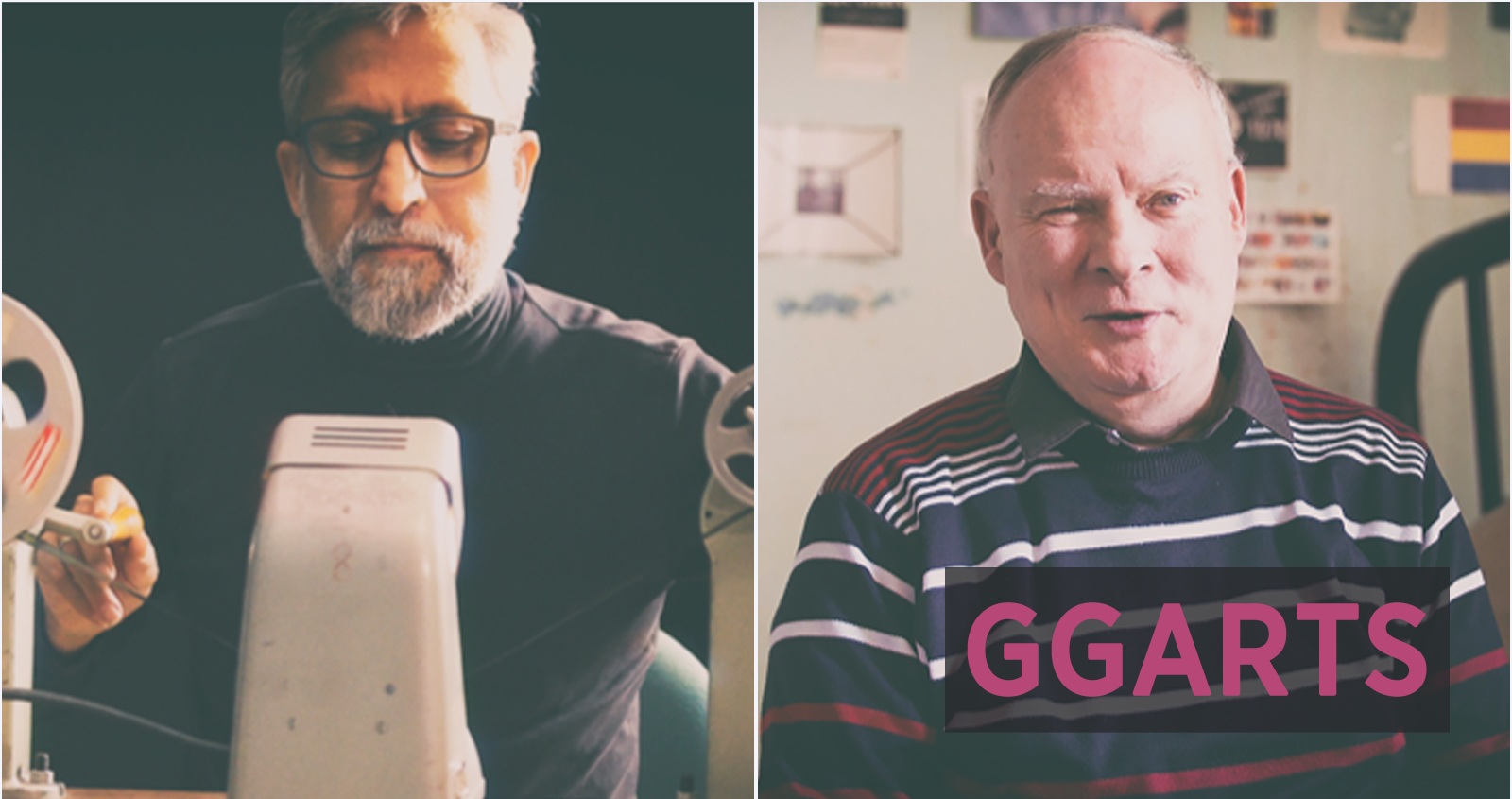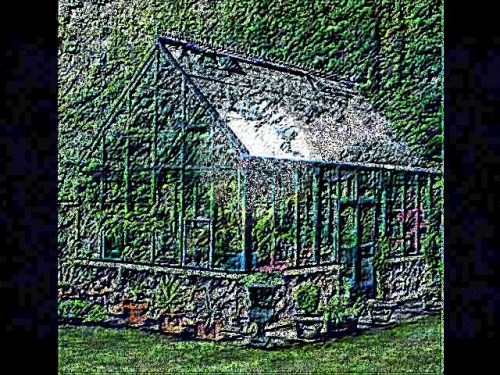Every year the Governor General’s Awards in Visual and Media Arts recognizes the achievements and contributions of Canadian artists and those working in the contemporary visual and media arts.
To celebrate this year’s Media Arts winners, the Canadian Film Institute has collaborated with the Canada Council for the Arts to present a special screening of selected works by Ali Kazimi and Andrew James Paterson.
Ali Kazimi is a critically-acclaimed filmmaker who has also been recognized as an innovator for his work stereoscopic 3D cinema. Over the course of his career, he’s used a variety of different media from documentaries to stereoscopic 3D installations to explore issues of social justice, history, memory, race, and migration.
Andrew J. Paterson is an interdisciplinary artist working with film, video, music, performance, and both critical and fictional writing. His art is often concerned with the tension and relationships between bodies, technologies, institutions, and language. His videos and films have been exhibited across Canada and around the world in places like Berlin, Paris, Seoul, Bangalore, New York, Rotterdam, and Buenos Aires.
This event is FREE and open to the public. Both artists will be in attendance, and there will be a short Q&A after the screening.
The films and the Q&A will both be presented in English.
This screening will include the following films:
The Walking Philosopher | Andrew J. Paterson | 2001
Shot on Super 8 film and originally produced for the 1999 Splice This! Festival. Tracking shots of Toronto’s iconic locations and landmarks provide the backdrop for Paterson’s monologue engaging with issues of philosophy, consumption, and the relationship between knowledge and the mind as an agent of the body.
A Typical Morning for Green and Blue | Andrew J. Paterson | 2009
Two split-frame streams of processed images are interrupted by bits of Green and Blue’s dialogue as they discuss everything from the weather to viruses, memorials, and other unresolved matters.
Passing | Andrew J. Paterson | 2013
Made in response to both the sudden passing of a close friend as well as the supposedly looming end of the world according to the Mayan calendar, Passing features original designed and processed images edited to the rhythm of three monologues.
Agora Phobia | Andrew J. Paterson | 2018
Fears of the outside world are used to experiment with the tension between speaker and image, combining downloaded and processed images, a series of digitally abstracted concrete poetry drawings, and voice-over narration.
12x26 | Andrew J. Paterson | 2008
A structuralist videotape consisting of twelve sections all involving the number twenty-six. There are seven poems made up of twenty-six words, ordered alphabetically, starting with an “a” word and ending with a “z” word. The other five sections are twenty-six frame sequences of twenty-six images, referencing the flicker tradition with single-frame editing.
Roman Spring Leakage | Andrew J. Paterson | 2011
Referring to the twenty-four letter Roman alphabet and its two missing letters, j and u, Roman Spring Leakage uses colour, text, and music to play hide and seek with language and its formal structures.
More or Less | Andrew J. Paterson | 2014
More is less and less is more…or are they? Stemming from his ambivalence about minimalism, maximalism, modernism, and audiences, this non-camera based short continues Paterson’s exploration of language, community, and the relationship between image, music, and concrete poetry.
NARRATIVE | Andrew J. Paterson | 2016
Paterson’s interest in colour-field abstract painting and language are highlighted in this silent experimental film. The word “and” appears on a series of monochromatic backgrounds, being driven further and further into abstraction by the slow, rhythmic shifting of text and background.
Shooting Indians: A Journey with Jeffrey Thomas | Ali Kazimi | 1997
A documentary portrait of Iroquois photographer and fellow 2019 Governor General’s Awards in Visual and Media Arts laureate Jeff Thomas. The film explores Thomas’s life and career, and the how the work of American photographer Edward Curtis (1868-1952) led Thomas to examine how Indigenous people were photographed in the past. Shot between 1984 and 1996, the film also charts Kazimi’s journey as an immigrant unraveling the complicated history of his new chosen home and engages with issues of stereotypes, representation, and the power of the image.










